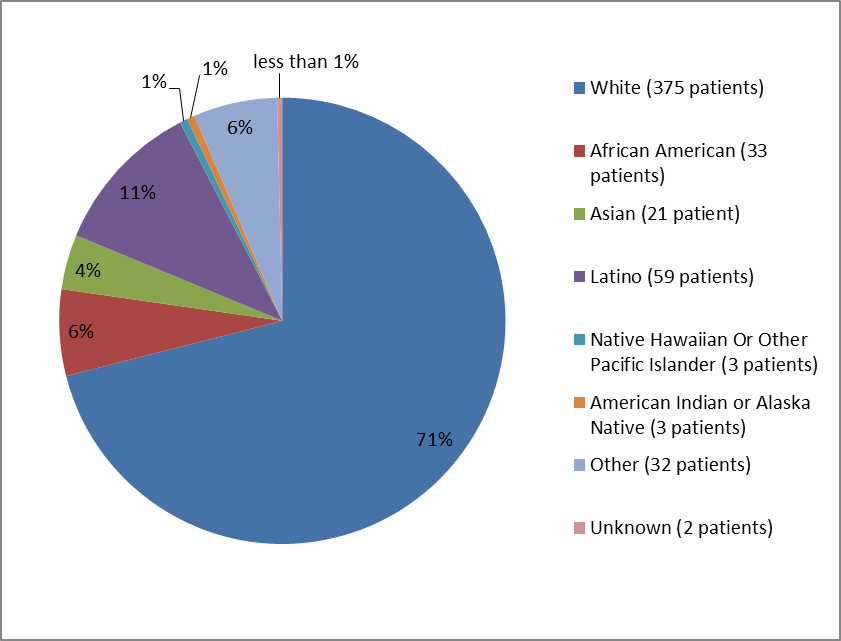FY2015 Regulatory Science Research Report: Narrow Therapeutic Index Drugs
Introduction
Narrow therapeutic index drugs are drugs where small differences in dose or blood concentration may lead to serious therapeutic failures and/or adverse drug reactions that are life-threatening or result in persistent or significant disability or incapacity. FDA recommends tighter quality and BE standards to ensure the safety and efficacy of generic NTI drugs. However, broad implementation of tighter standards for NTI drugs is challenging, because most potential NTI drugs lack NTI classification, which is in part due to the difficulty in characterizing the therapeutic index. Additionally, no well-controlled clinical study exists to evaluate the within-subject variability of the clinical response of NTI drugs, which complicates the assessment of the perceived therapeutic inequivalence concerns of generic NTI drugs.
Research
OGD has tried numerous methods for analyzing drug approval data and safety/efficacy usage data to ensure interchangeability between RLDs and generic NTI drugs. At the premarket stage, OGD focused on methods for identifying NTI drugs and ensuring risk-based BE and product quality standards. We quantitatively assessed BE standards using innovative modeling and simulation approaches. Four new draft guidances are posted online recommending replicate design studies for NTI drugs including tacrolimus, phenytoin tablet, levothyroxine, and carbamazepine. The movement from “one size fits all” to product-specific standards is a sign of the maturation of the generic drug program.
At the postmarket stage, OGD strengthened active and passive surveillance efforts and conducted clinical studies in patients to confirm BE and therapeutic equivalence of generic NTI drugs. By conducting postmarketing surveillance and actively communicating the results to the public, we hope to enhance our understanding of patient perceptions about generic NTI drugs and determine if potential bias against generic drugs affects safety and efficacy outcomes. In all initiatives, FDA is engaging leading scientists and clinicians by awarding grants to external experts along with conducting internal research.
Figure 20. OGD efforts to address NTI equivalence concerns

Source: Wenlei Jiang, Center of Excellence in Regulatory Science and Innovation workshop (2014)
Table 2. List of awarded grants related to NTI drugs
Stage | Topic | Awarded Grant/Contract |
Premarket | NTI Classification---Clinical Perspective | Duke: literature review and data extraction on efficacy/safety |
JHU: dose adjustment and therapeutic monitoring data | ||
NTI Classification---Modeling and Simulation | Duke: PK/PD modeling to assist TI characterization | |
U Maryland: PK/PD modeling to assist NTI classification | ||
Postmarket | BE Studies in Patient (with efficacy, safety and adherence monitoring) | U Cincinnati: liver and kidney transplant patients with two sources of generic tacrolimus capsules |
U Maryland: epilepsy patients with lamotrigine | ||
U Rochester: epilepsy patients with two most disparate generics vs. the brand of lamotrigine | ||
Generic substitution and risk assessment | U Maryland: PK/PD modeling and simulation approach | |
U Florida: system pharmacology based approach | ||
Other | Patient perception | Harvard: variation of physical characteristics on perception and survey of patients and health care providers |
Harvard and Auburn: surveillance with authorized generic products |
ORS staff facilitating research in this area
- Lanyan Fang, Wenlei Jiang, Nan Zheng, Xinyuan Zhang , Jianghong Fan, Hyewon Kim, Edwin Chow, and other ORS staff members
Projects and Collaborators
- Population pharmacokinetic and pharmacodynamic, dose-toxicity modeling and simulation for narrow therapeutic index (NTI) drugs
- Site PI: Jogarao V Gobburu
- Grant #: 1U01FD005188-01
- Clinical practice data to aid narrow therapeutic index drug classification
- Site PI: Michael Cohen-Wolkowiez
- Grant #: 1U01FD004858-01
- Pharmacometric modeling and simulation for a generic drug substitutability evaluation and post marketing risk assessment
- Site PI: Jogarao V Gobburu
- Grant #: 1U01FD005192-01
- A model- and systems-based approach to efficacy and safety questions related to generic substitution
- Site PI: Lawrence Lesko
- Grant #: 1U01FD005210-01
- Pharmacometric modeling of immunosuppressants for evaluation of bioequivalence criteria
- Site PI: Catherine Mary Turner
- Grant #: 1U01FD005191-01
- Therapeutic index evaluation for tacrolimus and levetiracetam
- Site PI: William A. Clarke
- Grant #: 1U01FD004859-01
Publications and Presentations
- Jiang W, Makhlouf F, Schuirmann DJ, Zhang X, Zheng N, Conner D, Yu L, Lionberger RA. Bioequivalence approach for generic narrow therapeutic index drugs: evaluation of the reference-scaled approach and variability comparison criterion. AAPS J (Apr 4, 2015)
- Yu L, Jiang W, Zhang X, Lionberger R, Makhlouf F, Schuirmann DJ, Muldowney L, Chen ML, Davit B, Conner D, Woodcock J. Novel bioequivalence approach for narrow therapeutic index drugs. Clin Pharmacol Ther; 97(3):286-91 (March 2015), doi:10.1002/cpt.28 (Epub Dec 15, 2014)
- Fan J, Fang L, Jiang W. Is a single dose bioequivalence study in healthy subjects sufficient for drugs that auto-induce their own metabolism: population physiologically based pharmacokinetic (PBPK) simulation with carbamazepine. AAPS Annual Meeting and Exposition, San Diego CA (Nov 2-6, 2014)
- Kim H, Fang L, Yu J, Jiang W, Lionberger R. Quantitative assessment of bioequivalence standards in drugs with nonlinear pharmacokinetic properties: a simulation study with phenytoin. Scientific Computing Day, Silver Spring MD (Sep 18, 2014)
Outcomes
- Draft bioequivalence guidance for phenytoin sodium extended release capsule
- Draft bioequivalence guidance for tacrolimus extended release capsule
- Draft bioequivalence guidance for carbamazepine extended release capsule, extended release tablet, suspension
- Draft bioequivalence guidance for levothyroxine tablet
